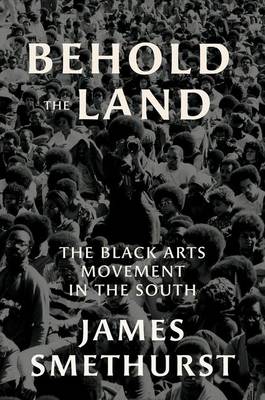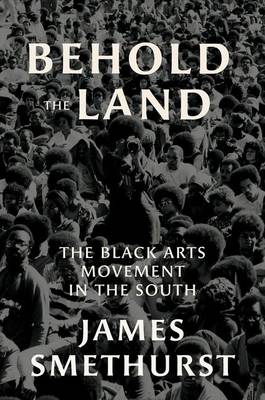
Je cadeautjes zeker op tijd in huis hebben voor de feestdagen? Kom langs in onze winkels en vind het perfecte geschenk!
- Afhalen na 1 uur in een winkel met voorraad
- Gratis thuislevering in België vanaf € 30
- Ruim aanbod met 7 miljoen producten
Je cadeautjes zeker op tijd in huis hebben voor de feestdagen? Kom langs in onze winkels en vind het perfecte geschenk!
- Afhalen na 1 uur in een winkel met voorraad
- Gratis thuislevering in België vanaf € 30
- Ruim aanbod met 7 miljoen producten
Zoeken
Omschrijving
In the mid-1960s, African American artists and intellectuals formed the Black Arts movement in tandem with the Black Power movement, with creative luminaries like Amiri Baraka, Gwendolyn Brooks, Toni Cade Bambara, and Gil Scott-Heron among their number. In this follow-up to his award-winning history of the movement nationally, James Smethurst investigates the origins, development, maturation, and decline of the vital but under-studied Black Arts movement in the South from the 1960s until the early 1980s. Traveling across the South, he chronicles the movement's radical roots, its ties to interracial civil rights organizations on the Gulf Coast, and how it thrived on college campuses and in southern cities. He traces the movement's growing political power as well as its disruptive use of literature and performance to advance Black civil rights.
Though recognition of its influence has waned, the Black Arts movement's legacy in the South endures through many of its initiatives and constituencies. Ultimately, Smethurst argues that the movement's southern strain was perhaps the most consequential, successfully reaching the grassroots and leaving a tangible, local legacy unmatched anywhere else in the United States.
Though recognition of its influence has waned, the Black Arts movement's legacy in the South endures through many of its initiatives and constituencies. Ultimately, Smethurst argues that the movement's southern strain was perhaps the most consequential, successfully reaching the grassroots and leaving a tangible, local legacy unmatched anywhere else in the United States.
Specificaties
Betrokkenen
- Auteur(s):
- Uitgeverij:
Inhoud
- Aantal bladzijden:
- 244
- Taal:
- Engels
- Reeks:
Eigenschappen
- Productcode (EAN):
- 9781469663043
- Verschijningsdatum:
- 7/06/2021
- Uitvoering:
- Paperback
- Formaat:
- Trade paperback (VS)
- Afmetingen:
- 196 mm x 234 mm
- Gewicht:
- 317 g

Alleen bij Standaard Boekhandel
+ 99 punten op je klantenkaart van Standaard Boekhandel
Beoordelingen
We publiceren alleen reviews die voldoen aan de voorwaarden voor reviews. Bekijk onze voorwaarden voor reviews.









